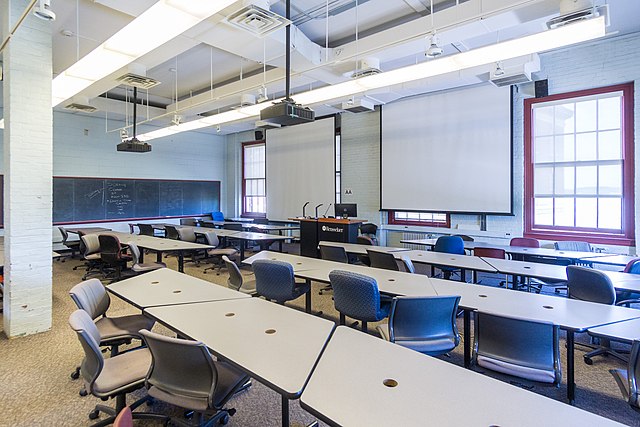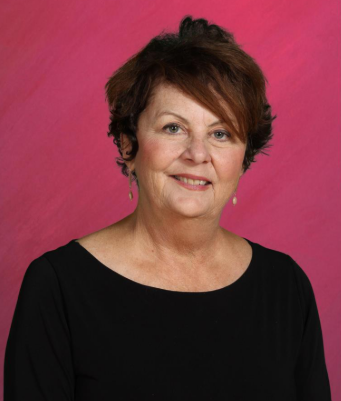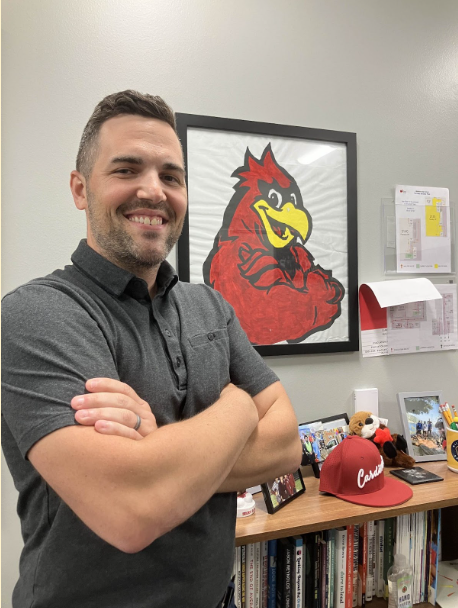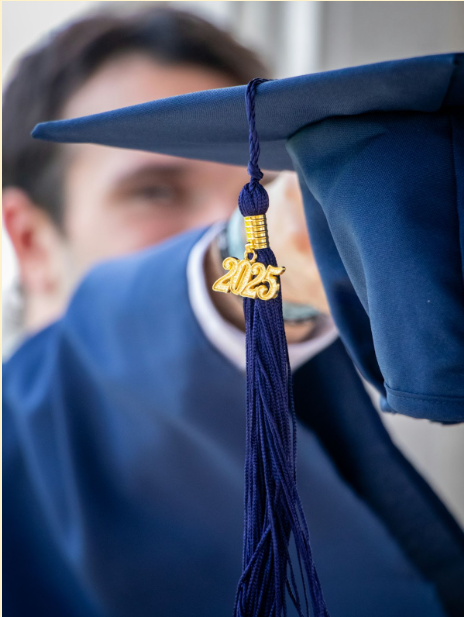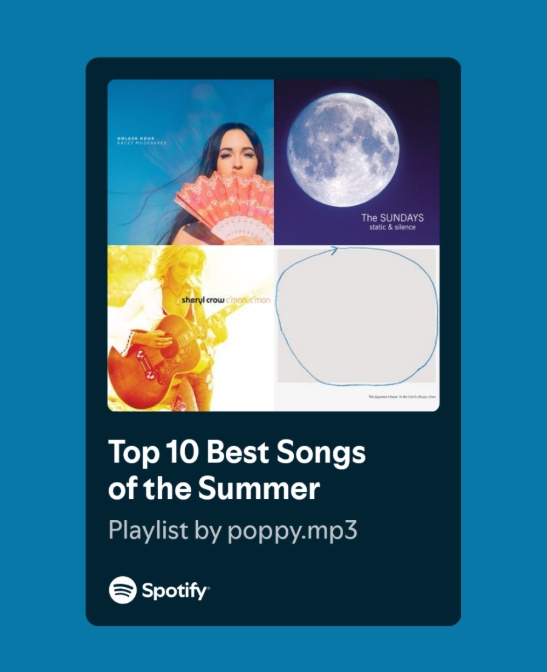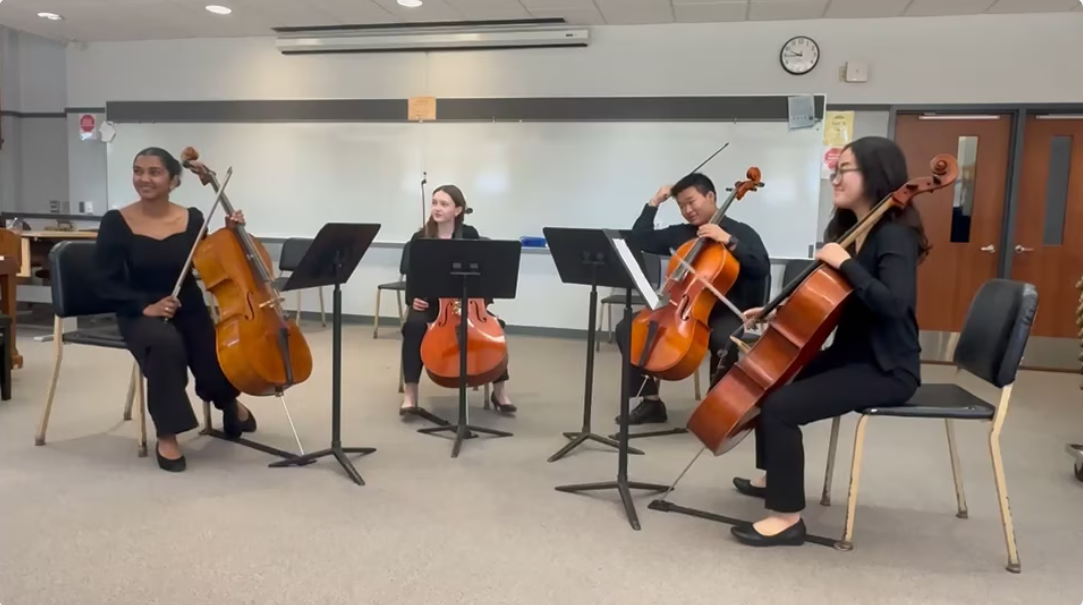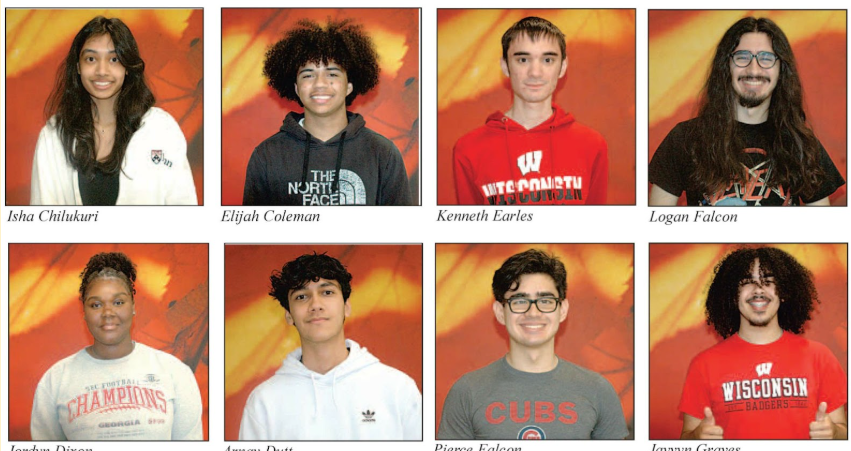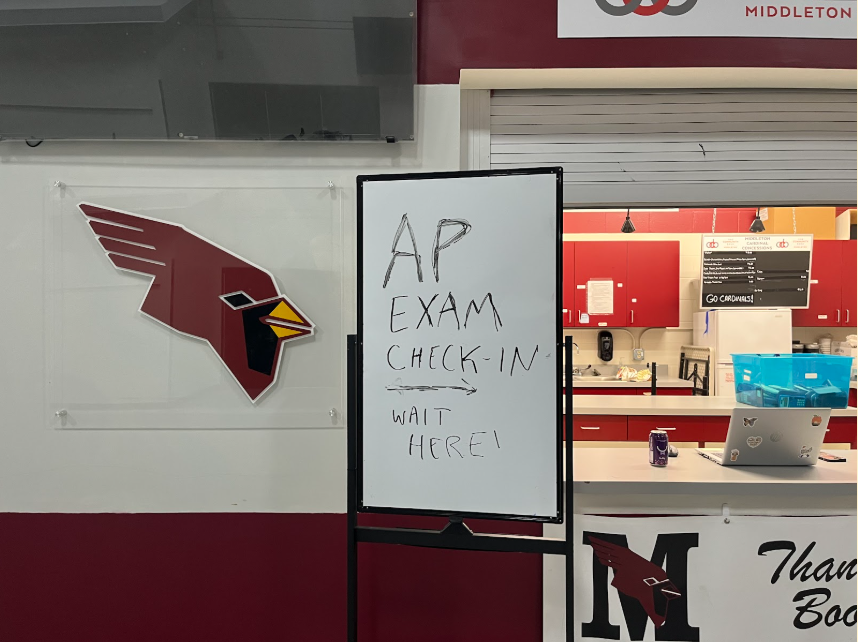Schools During the COVID-19 Pandemic
Classroom in Russel Sage Laboratory, Rensselaer Polytechnic Institute
December 20, 2020
When schools shut down due to the coronavirus pandemic last March, most schools provided some sort of remote educational instruction. For some, this remote instruction continued into the 2020-2021 school year, while other schools in Wisconsin moved to different in-person educational models.
On July 13, all nine members of the MCPASD Board of Education voted for virtual learning in the fall. What virtual learning looks like for K-4 students in MCPASD is a little different from how it looks for students in grades 5-12. For grades 5-12, there are 3-4 hours of live Zoom instruction as well as assignments to be completed independently on Buzz each day. In contrast, K-4 students have a live one-hour Zoom meeting with their class, then have a small group and 1:1 sessions with their teacher. Instead of Buzz, they use a program called Seesaw to complete their work.
These current virtual models of instruction may change. On Dec. 14, the Public Health Madison Dane County (PHMDC) updated its guidelines and derailed a half-day model plan that was approved by the Board for grades K-2. The PHMDC removed specific metrics to advise when schools should reopen, and did not place any restrictions on opening all schools in Dane County as long as school districts follow the small set of safety requirements. This shift now allows the district to develop a blended model of instruction plan, or a 2-1-2 model. The Board will review this model of instruction on Dec. 21.
What’s the difference between the hybrid models?
A half-day model would mean that students would be split into morning and afternoon cohorts. In-person instruction would consist of 45 minutes of literacy and 60 minutes of math as well as some social-emotional learning. Recess would not be included and all encore (music, art, gym, library), social studies, and science work would be independent and completed during the half of the day they are not at school. The elementary half-day model was planned to be implemented on Jan. 25, 2021 as of the Dec. 7 Board of Education meeting, but due to the PHMDC’s updated guidance, this will no longer be implemented in MCPASD.
The 2.1.2 model is another model under consideration. With the 2.1.2 model, students would be split into two cohorts with one cohort attending school for a full day on Monday and Tuesday and the other on Thursday and Friday. Regardless of models, Wednesdays would still be asynchronous.
Neither model is risk-free. Both models carry the risk of infection, but according to Doctor Ellen Ward, a pediatric infectious disease specialist at UW Health who presented to the Board, the 2.1.2 model is slightly less risky than the half-day model. The reason the board expressed interest in the half-day model is that lunch would need to be eaten in the classroom under a 2.1.2 model and that would require the removal of masks. However, the school board learned on Dec. 7 that the half-day model would include meals at school, therefore eliminating its benefits.
What are other schools doing?
Most schools in Wisconsin are in person or hybrid and offer virtual for those who request it. However, a large percentage of the Wisconsin student population is virtual this fall because most urban school districts are virtual.
As schools attempt to reopen for the 2020-2021 school year, some school districts have had to close, including the Monroe School District. Monroe started the year in a hybrid format for district students. The school district has had to close twice due to COVID-19 infection rates and staff shortages.
On the other hand, some school districts have opened successfully for elementary students in K-2. One example of this is the Verona Area School District, which brought back students in grades K-2 in a half-day model at the start of the school year and has so far not had to close.
In most school districts, including MCPASD, some students with individualized education plans (IEP) have been able to work in school buildings, but this is on a case-by-case basis. Some students whose IEPs cannot be met virtually are coming to the school buildings for services, while other students continue to meet with their special education IEPcase manager or other special education staff virtually.
While the models of instruction throughout the 2020-2021 school year have differed, one thing certainly remains the same: schools have transformed tremendously over the past ten months. Regardless of the model, it is clear that they will continue to provide quality education even if it looks different.



